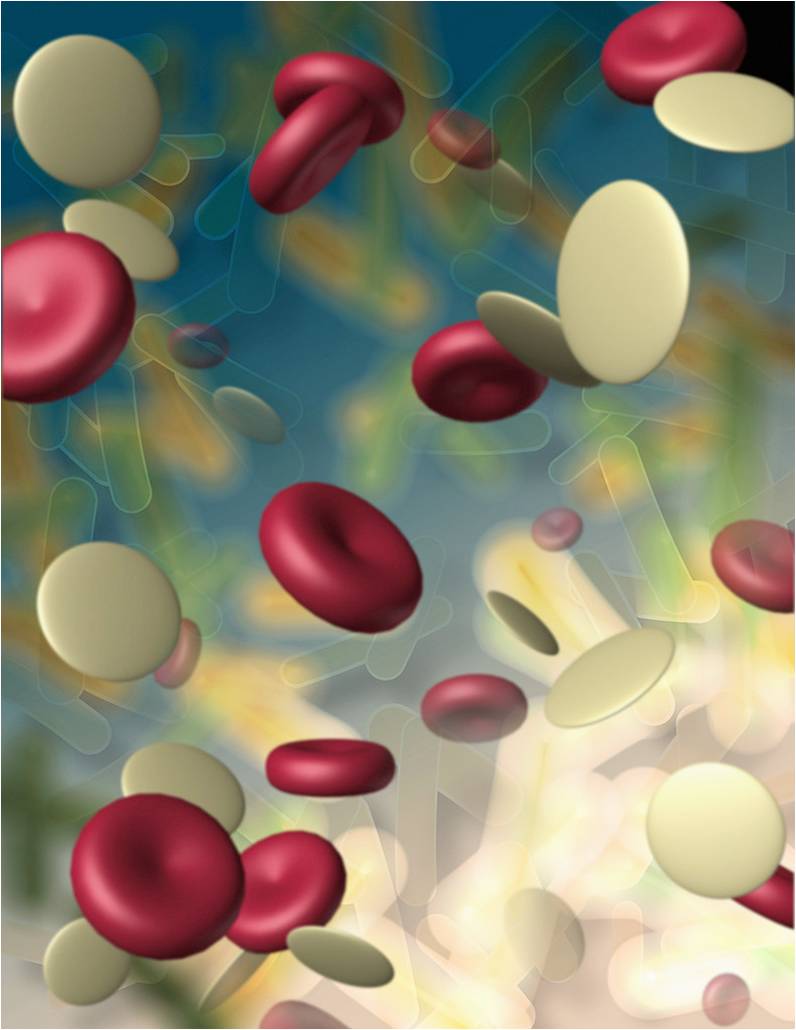 By Carolyn Campbell, Anne Arundel County (MD) Health Department
By Carolyn Campbell, Anne Arundel County (MD) Health Department
This story originally ran in NACCHO’s Stories from the Field.
Fifty-percent of people in the United States who are living with HIV and AIDS (PLWHA) reside in twelve of the nation’s cities. Frequently listed among the top six of these high-morbidity cities are Baltimore and Washington, DC. Anne Arundel County in Maryland is located immediately south of Baltimore, directly east of Washington, DC, and houses the state capital, Annapolis. Maryland ranked third in the United States for HIV diagnoses rates in 2013, and Anne Arundel County ranked fifth among Maryland jurisdictions for percentage of total newly diagnosed HIV cases. In addition, the county has the fourth highest rates of chlamydia, gonorrhea, and syphilis infections in Maryland. Anne Arundel is similar to many other counties in Maryland in its proximity to both Baltimore and Washington, DC and in its combination of residents– mixing rural, suburban, and urban populations and having a wide range of income levels.
Within Anne Arundel County, HIV infections among men who have sex with men (MSM) have steadily increased over the past few years. Providing partner services, that is, the task of soliciting the names and contact information of sexual partners, locating these partners to let them know they have been potentially exposed to a sexually transmitted infection, and then connecting them to testing and treatment remains particularly important. This task has been made more difficult for a number of reasons, but primarily because of the use of internet dating sites and apps by MSM.
Disease Intervention Specialists (DIS) are the health department staff responsible for this work. DIS use many avenues to collect information about a client. Frequently, they contact healthcare provider(s) or labs, do online searches to locate clients and their partners, and request information from other health department offices. They then contact the patient to arrange an interview. In Anne Arundel County, almost all interviews are done in the field—at a client’s home, at one of the contracted private clinics used by the health department, at a Starbucks coffee shop, in a car, in a restaurant, or in any location where there is privacy and the client feels comfortable that his or her confidentiality is respected.
Unless services are declined by the client, all individuals who have an HIV- or syphilis-positive test take part in a partner services interview. Traditionally, providing partner services has stopped with a referral to care. There are a limited number of infectious disease specialists within Anne Arundel County, resulting in many clients seeking care in Baltimore and Washington, DC. This distance can create a barrier to obtaining care; thus, a referral alone has resulted in HIV-positive individuals either not engaging in care or falling out of care. As a result, Anne Arundel County also uses DIS to link its HIV-positive residents to infectious disease specialists and to HIV case management to improve access to care. Linking a client to care means that DIS help clients schedule their medical visits, provide transportation to a limited number of medical appointments, and, when possible, provide additional support to make sure they are able to attend their visits (e.g., assistance from Case Management in the application process for insurance and other social services). Since DIS have relationships throughout the community, they are well-positioned to expand their role in this way.
There are many small steps a DIS can take to make a major difference in whether or not clients engage in or stays in care. It may be talking for a minute longer, asking them what questions they might have, letting them know what resources are available to them, or simply giving them a call to remind them about their upcoming appointment. There have been many instances when taking only one small step further has made a major difference in whether or not a client gets into and stays engaged in care.
This story originally ran in NACCHO’s Stories from the Field.








